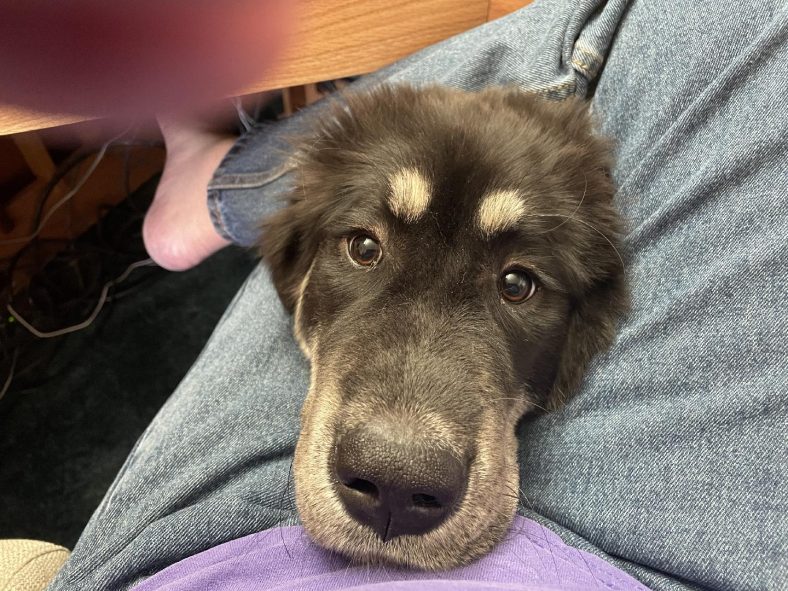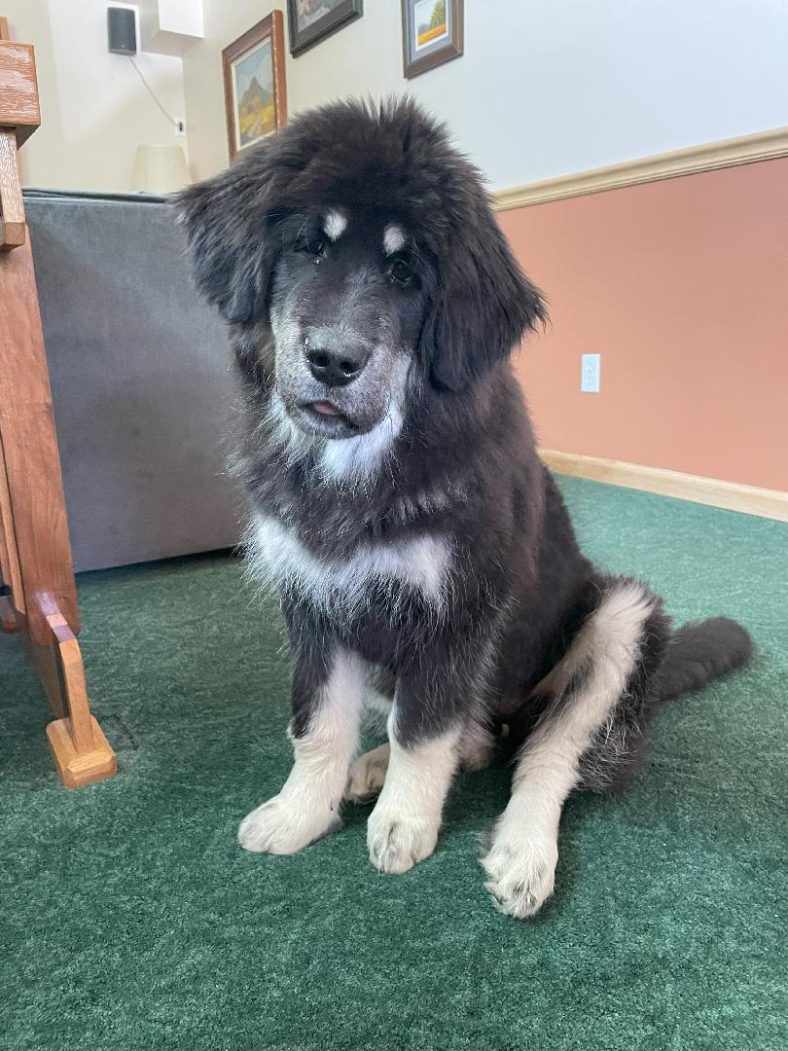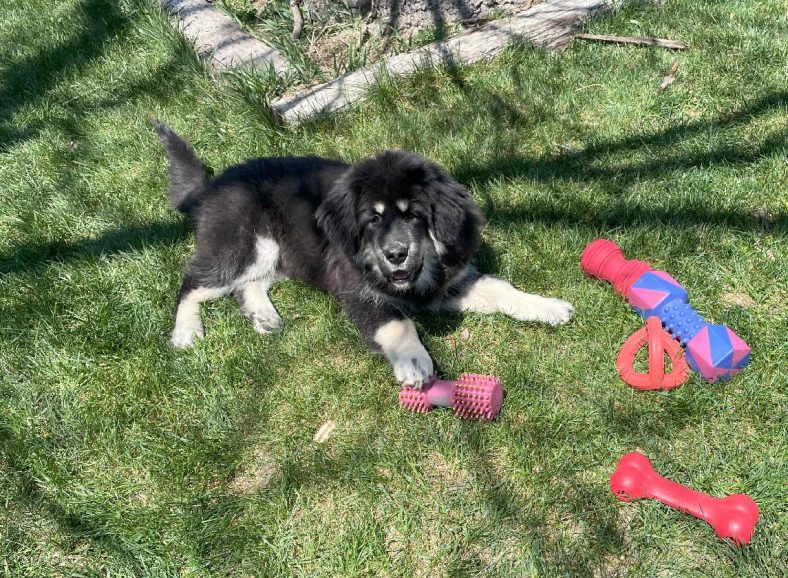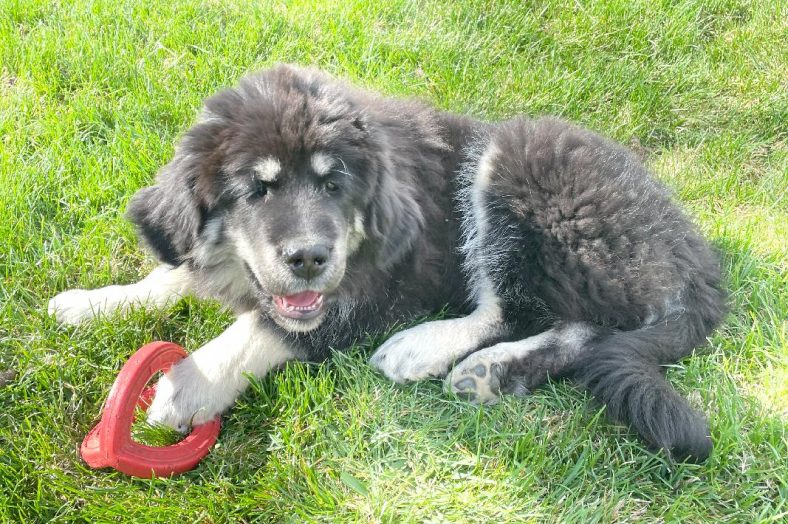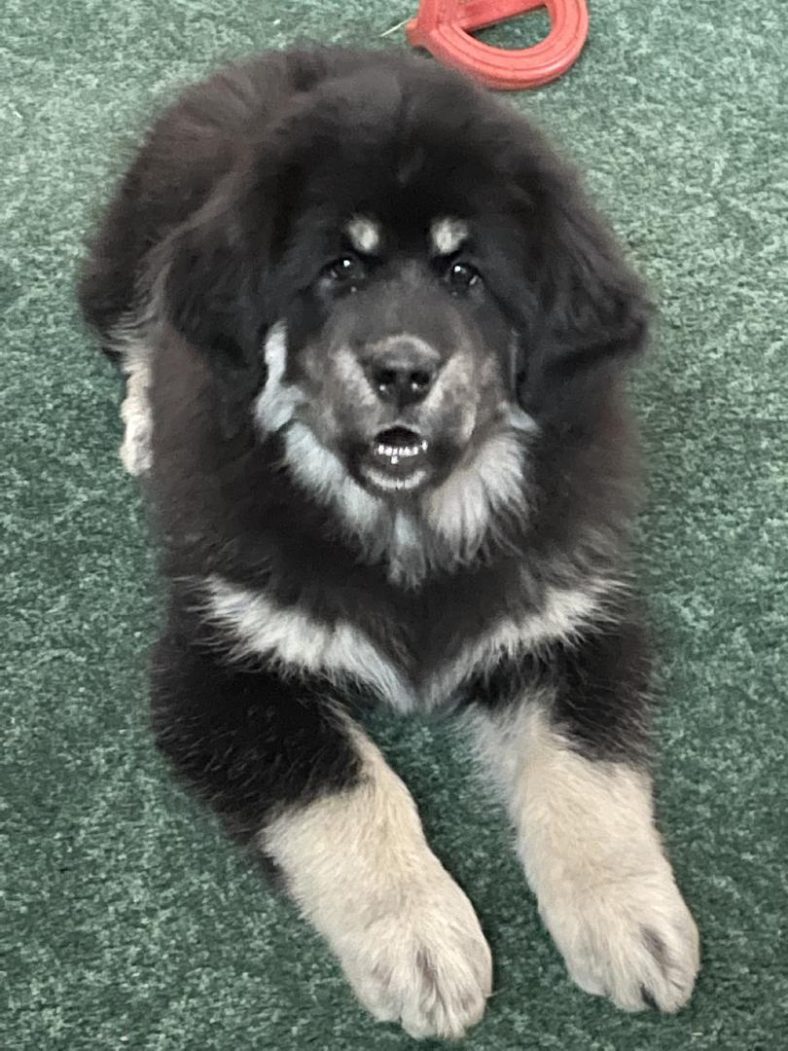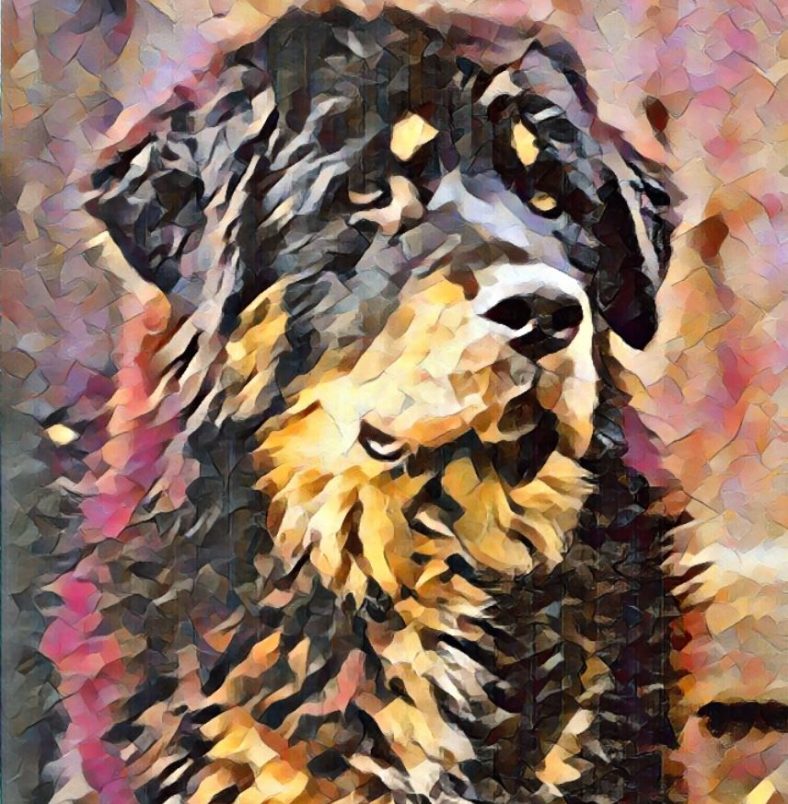I follow Tiffany Poon’s YouTube channel. She is a concert pianist and publishes a vlog that covers her life as an artist. She was recently asked about her practice routine, and she replied, “I have a strong dislike for the word routine, it’s quite dehumanizing.” I bristled at that. Not the old man part of me that bristles at most things, but the psychologist part of me with decades of professional experience, and even more the dog owner part of me that couldn’t survive without routines.
I think routines are very humanizing.
I consulted with schools and early childhood service providers for over 30 years, and I can assure you that routines are a core part of instructional success. A colleague of mine, who was the dean of education at BYU told me about his daughter and her first few weeks as a second-grade teacher. He counseled her to spend much of her first few weeks building routines with her students and not to worry about progressing through curricular standards right away. After a couple of weeks, she called him to express worry that she was getting behind the other second grade classes. He reassured her that she was doing the right thing. She stayed the course, and it wasn’t long before she caught the other classes and raced past them. Hell, even Arnold Schwarzenegger figured out the benefits of routines as a Kindergarten Cop.
My life here with Courage is full of routines. Don’t worry, there is still a lot of room for spontaneity. I use routines to generate structure and create a predictable environment. This provides Courage with lots of opportunities to succeed and get rewarded. The easiest things to build into routines involve food and the ends of day.
Courage has access to her food bowl whenever she is indoors, but she gets her raw chicken hind quarter at noon every day. I take her piece of chicken out of the refrigerator and walk it out to a shady place on the lawn where I hand it to her. She is confident that her chicken will come at the same time and she does not expect another piece later in the day.
The most amazing thing about many of my Tibetan Mastiffs is their ability to tell time. Accurately. To the minute. Magnus would go to bed at the same time every night. I swear he had a watch.
On the other hand, break a routine, and the world ends. Courage comes to my bedside at 6:02 am and asks to be let outside. It seems like it’s exactly that time on many mornings. When I wake up before her official request and I do the asking, all hell breaks loose. I’m not exaggerating. If she makes the request to go out, she goes outside and quietly enjoys the morning breeze. If I ask her to go outside, she starts barking from the get-go.
As for the other end of day, she goes to bed at 10:30 pm. I open the back door a little before that and call her. I then walk away from the door leaving it closed but unlatched. At 10:30 she pushes the door open, grabs a quick bite and sip of water, comes into the living room to check on me, then goes off to bed. Not every night, but we’re working on it. I think dogs really love routines; it makes them feel more human.
